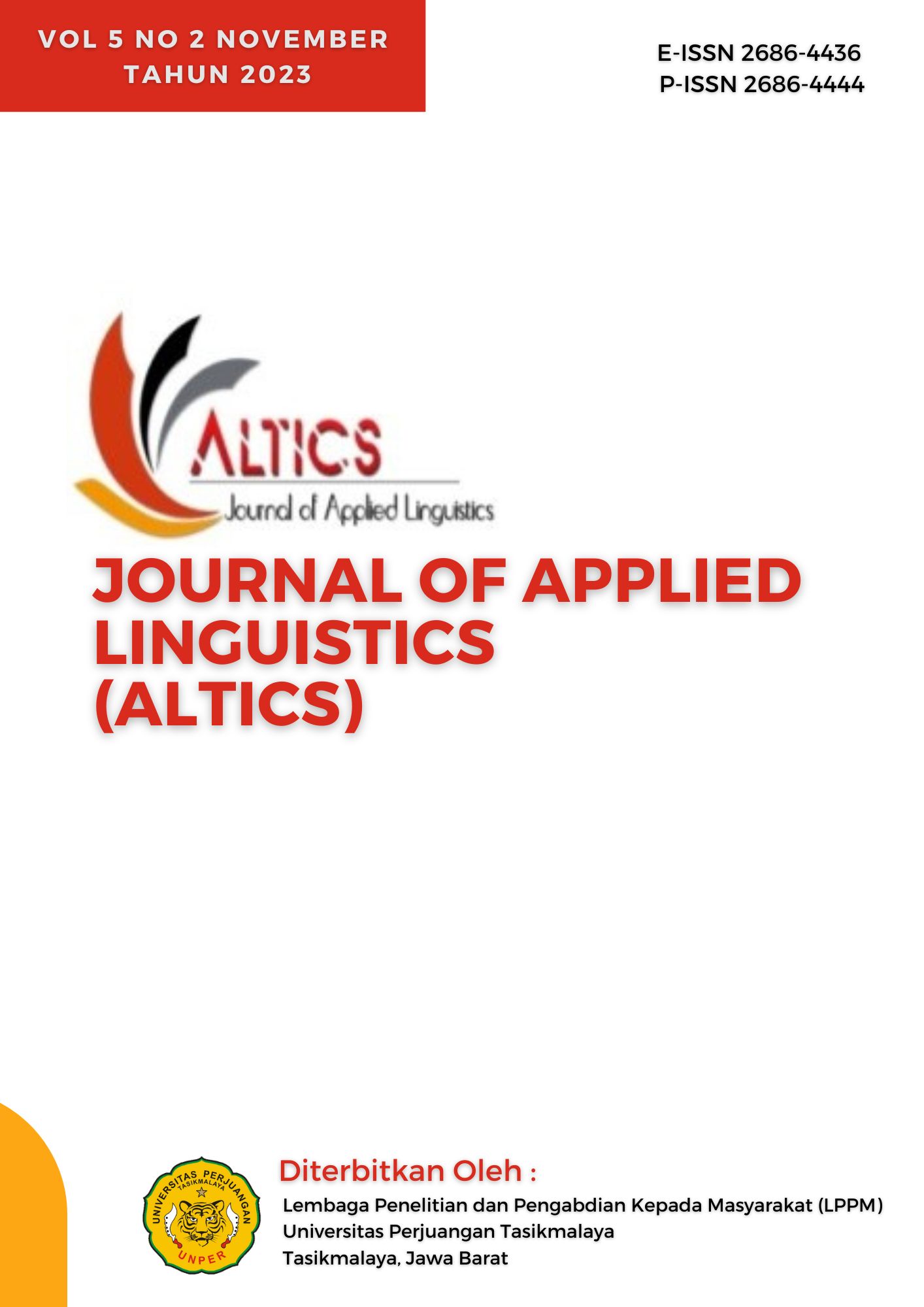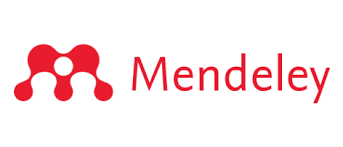An Analysis of Students Speaking Anxiety in Learning English at Senior High School: A Qualitative Study
DOI:
https://doi.org/10.36423/altics.v5i2.1339Abstract
Analysis of Students' Speaking Anxiety in Learning English in SMA (Case Study at SMAT Darussalam Tasikmalaya). Paper of the Department of English Education, Faculty of Education and Teacher Training at the University of Perjuangan Tasikmalaya. To speak in a foreign language students will certainly experience various obstacles. One of these obstacles is from the psychological aspect, namely anxiety. this study is intended to determine the level of student anxiety and identify possible factors contributing to anxiety in the EFL classroom. The author takes a class, of third-grade Darussalam High School students for the 2022/2023 academic year. This research uses a descriptive qualitative method with a case study approach. That the author uses one type of instrument to collect data. the author uses Foreign Language Class Anxiety Scale Questionnaire, developed by Horwitz et Al. (1986). It consists of 13 items with a 5-point Likert Scale. The results of this study indicate that most students are at the level of "Very Anxious". There 8 (40%) students experienced the "Very Anxious" level, 6 (30%) students were at the "Anxious" level. 6 (30%) students have the "Slightly Anxious" level. The results of this study indicate that from the psychological aspects of almost half of the students, 8 (40%) are at a severe level of anxiety, 6 students (30%) were at a moderate level of anxiety, and 6 students (30%) is at a low level of anxiety. This research also shows that speaking up front in class, influenced by one's level of confidence and ability in language, teacher's personality, and lack of preparation are factors that can contribute to students' anxiety in learning English from the 13 selected anxieties.
Keywords: Speaking, English, Anxiety Level, Student Anxiety
Downloads
Published
How to Cite
Issue
Section
License
Copyright (c) 2024 Journal of Applied Linguistics (ALTICS)

This work is licensed under a Creative Commons Attribution 4.0 International License.
CC Attribution 4.0











